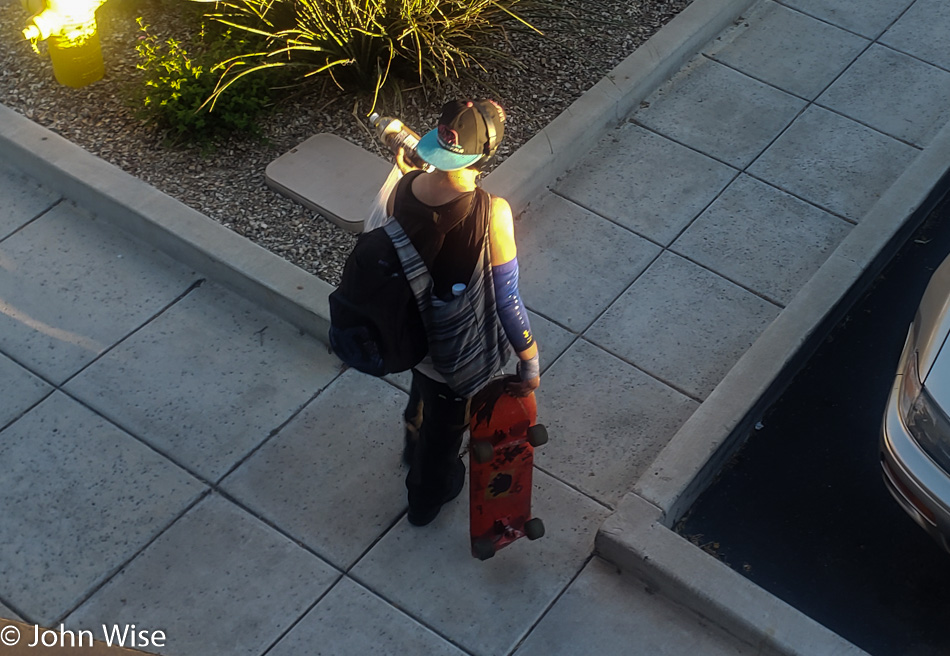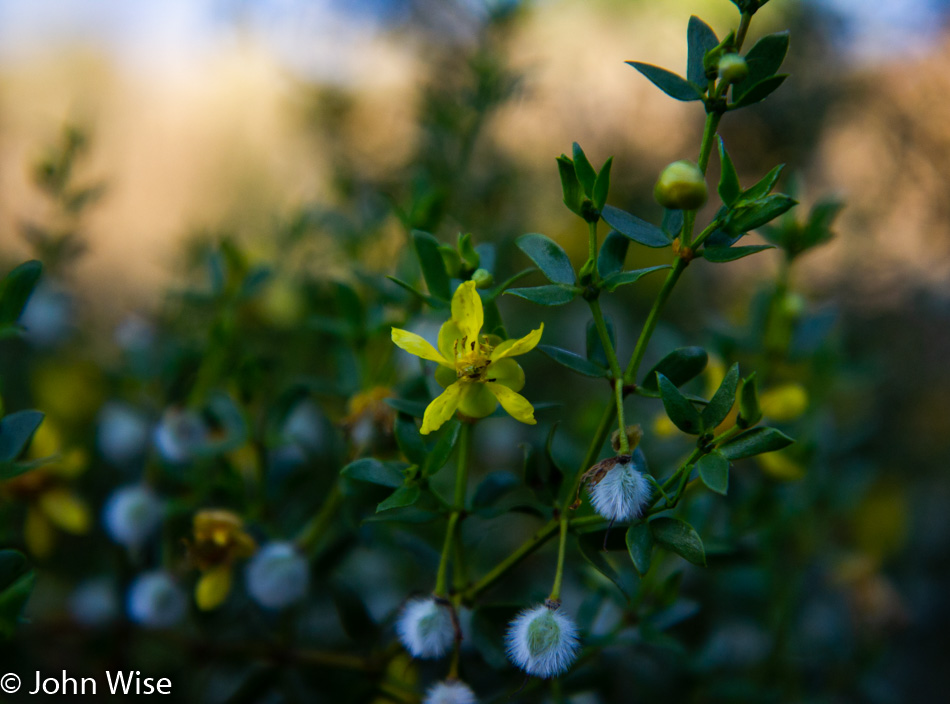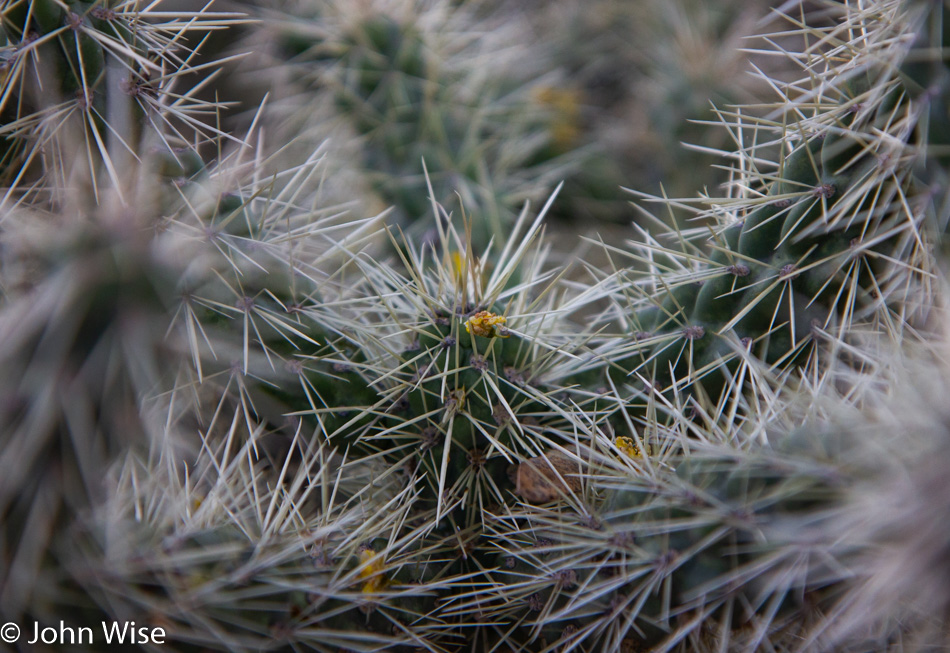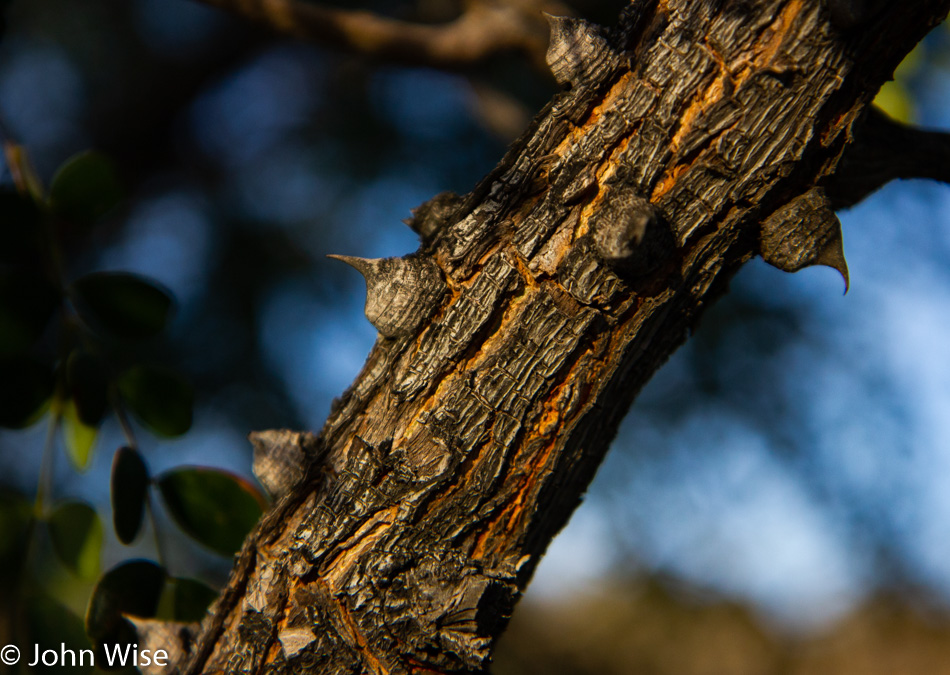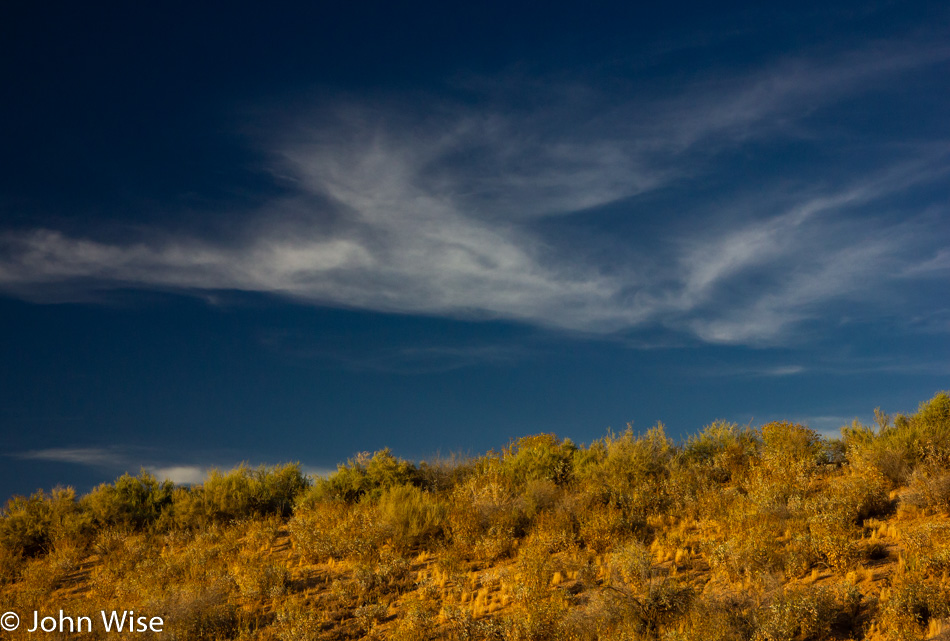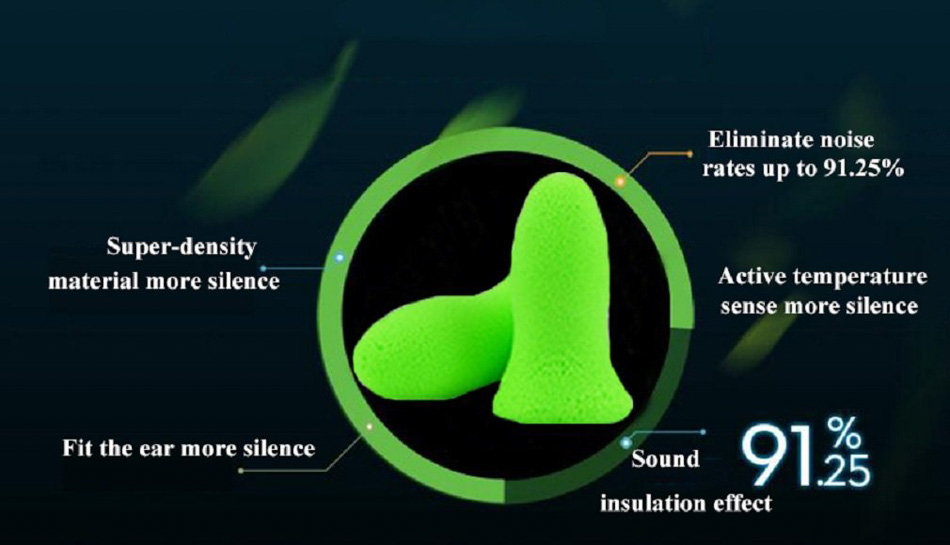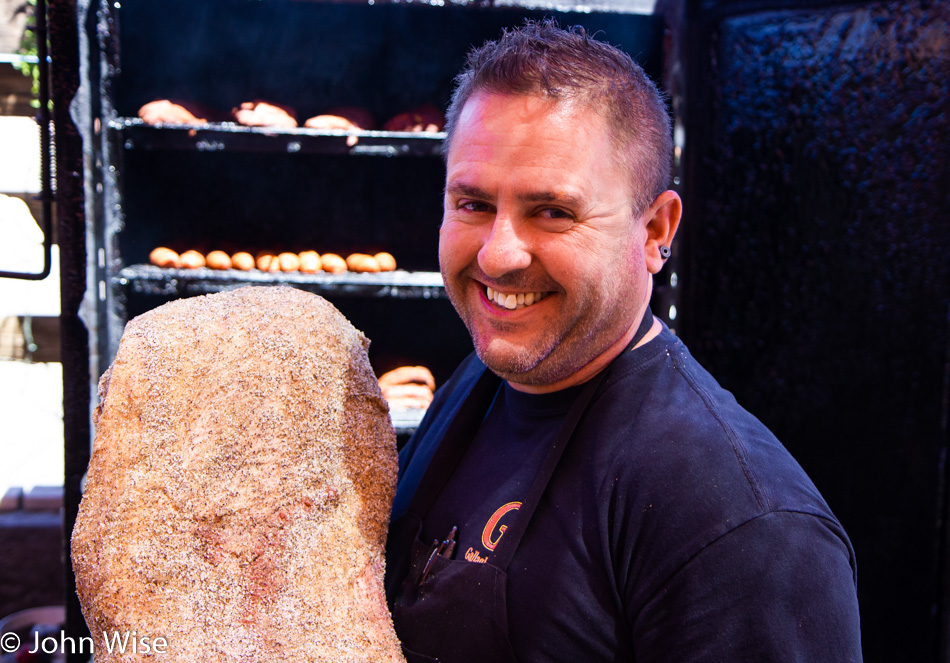
This is how Kenny Lorenz, the owner of HEK Yeah BBQ in Phoenix, Arizona, starts his day.
This is a BBQ joint and so some things only happen when they do, such as arriving to start prepping. Once the ball gets rolling the situation of what’s dealt with is fluid, though there’s an urgency to everything. The black cabinet of greasy horrors where things get smoked has to be fired up and the wood that will be part of the process is selected.

Oak and pecan are what’s on hand right now. If apple is around it will find its way into the mix too. With the wood now burning and the propane warming the main box to about 250 degrees, it’s time to start prepping the meat that will enter the smoker.
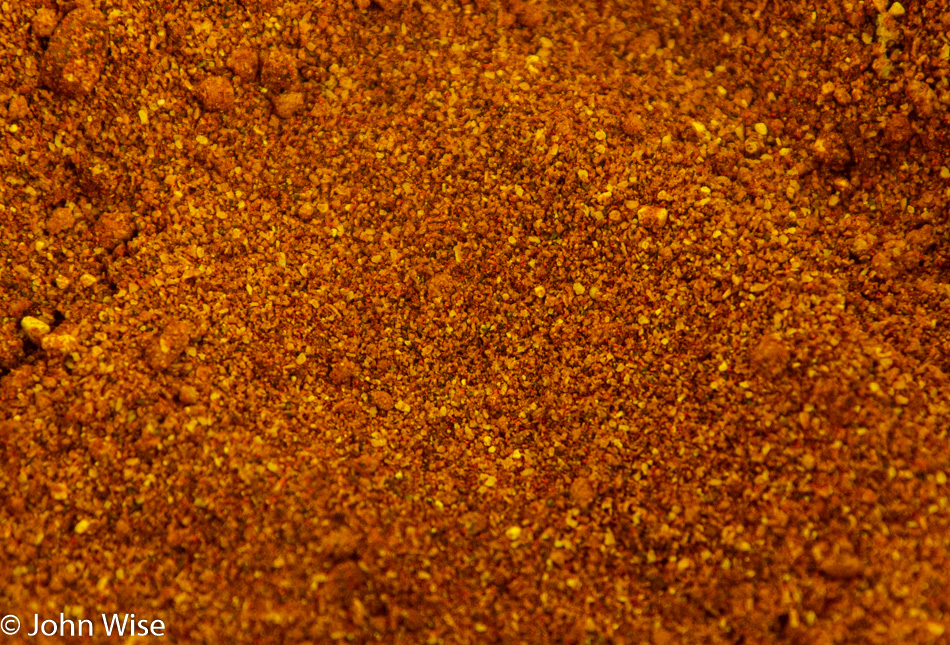
Somewhere prior to today the spice rub was mixed up, pounds of the stuff. Starting with a five-gallon bucket large measures of spice are joining the mix. While in India this might be just one more masala, here in BBQ land the rub is part of the secret that imparts some of the unique characteristics of the finished grub. While I won’t be sharing the exact blend, I can share with you that Kenny throws in brown sugar, salt, pepper, garlic, onion, paprika, and chili powder.
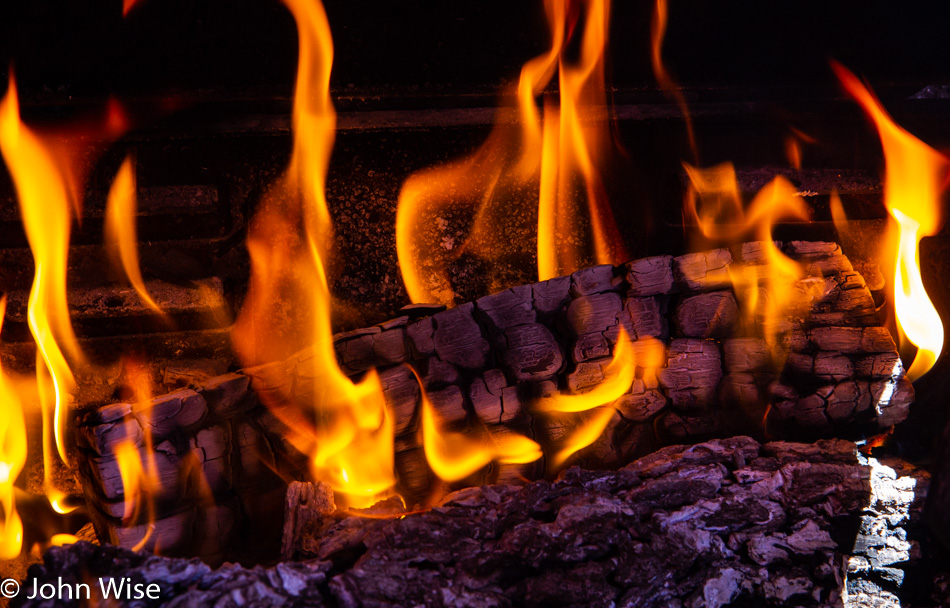
In between Kenny has to make the rounds as half of everyone who comes to the restaurant knows him. Being an owner with front-of-the-house skills creates a dilemma for the operation as things may not always run as smoothly as everyone would like. With Kenny sitting down with customers, friends, and extended family it’s inevitable that the task he was working on will end up suffering in neglect until the conversations wrap up.
Around this time the BBQ sauces are probably being introduced to someone in the dining room. Kenny makes his own sauces in-house and recently has been giving serious consideration to bringing them out for shoppers in the Phoenix area. Right now though it’s only available right here at HEK Yeah. What’s in the sauce you might ask? It’s a mix of tomato puree, salt, black and white pepper, cayenne pepper (though not in the sweet sauce while ghost chili is added to the Ghost sauce) cumin, paprika, chili powder, celery seed, onion powder, dark brown sugar, molasses, Worcestershire sauce, butter, green chili, cider vinegar, Franks Red Hot sauce, and lemon juice. Cook it up and you have some BBQ sauce whose exact recipe is only known to Kenny.

The smoking box is quickly filling with sausages and ribs before he adds pork shoulder butts. Then it’s time to get serious about the meat that brings people back and again and again, including Caroline and I for our weekly indulgence: the Mighty Brisket.
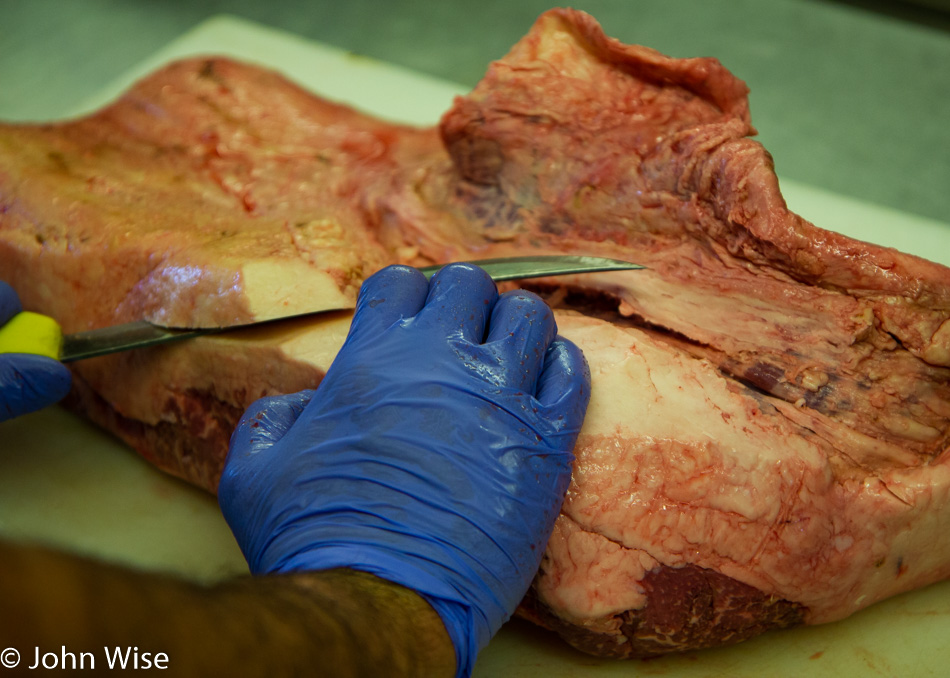
Trimming the brisket is essential. He starts by removing the deckle which is a hard and dense piece of fat that will never cook or add any value to the final product. Next up is trimming the fat cap to about half an inch. On the fatty end of the brisket is where you’ll find the “point,” this gets sliced off for making burnt ends. Once trimmed, he coats and massages the meat with olive oil which helps the spice mix adhere to the brisket.

For these 20-pound slabs of prime brisket the rub changes. Previous experiments proved unsuccessful and his BBQ rub just didn’t produce what Kenny was looking for and so now the spice mix is a much more simple coating of salt, pepper, and garlic. Into the smoker they go for 15-18 hours, dependent upon the weight of the brisket. When the meats don’t find their way out of the kitchen quick enough, Kenny can find himself here well after midnight checking on the internal temperature of the brisket. Good thing he lives nearby.

At 185 degrees at the center of the brisket, it’s time to remove it from the smoker. Slice into it and start serving it up. If only we could coordinate all of our visits to when he’s pulling a brisket out we’d be in perpetual meat heaven.
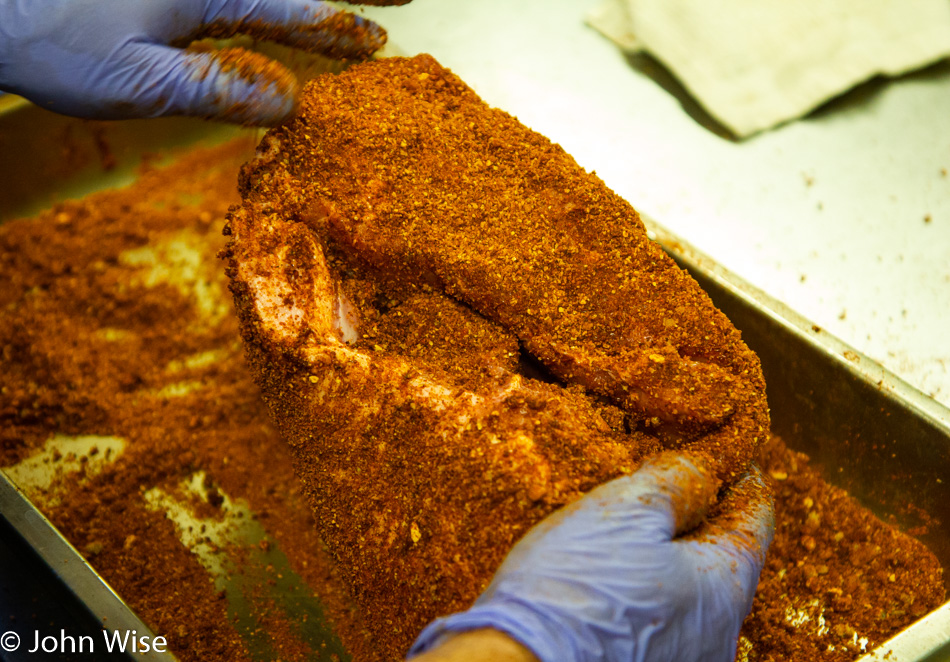
This is the pork shoulder butt I mentioned above being generously dusted with Kenny’s BBQ rub.
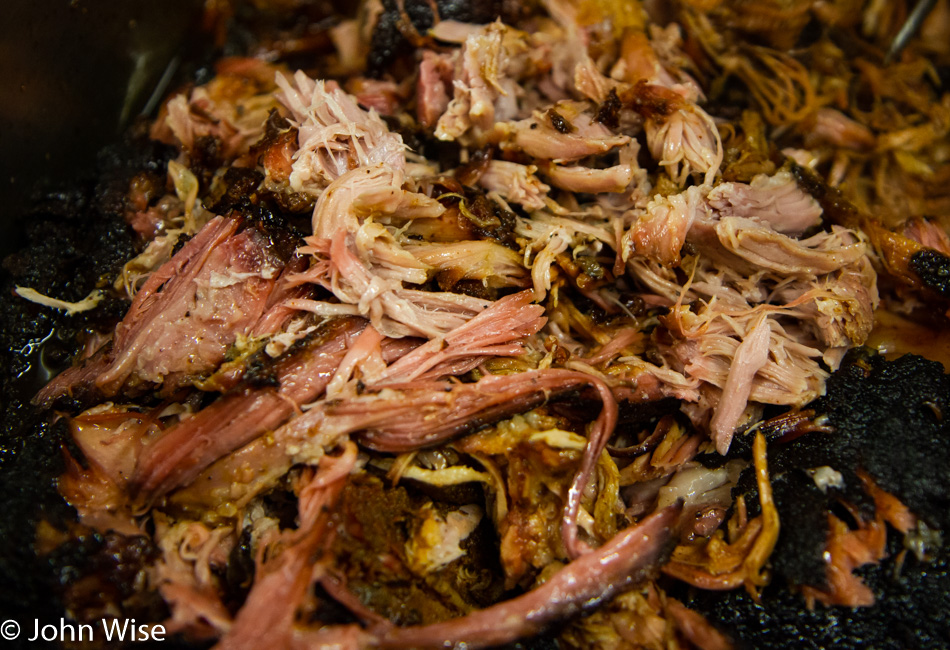
After coming out of the smoker there’s still some baking that is required that will draw off an incredible amount of liquid. Prior to going into the oven, the shoulder is covered in brown sugar that contributes to the drippings so after the pork is pulled not only will be smokey but will also have a good hint of sweetness.
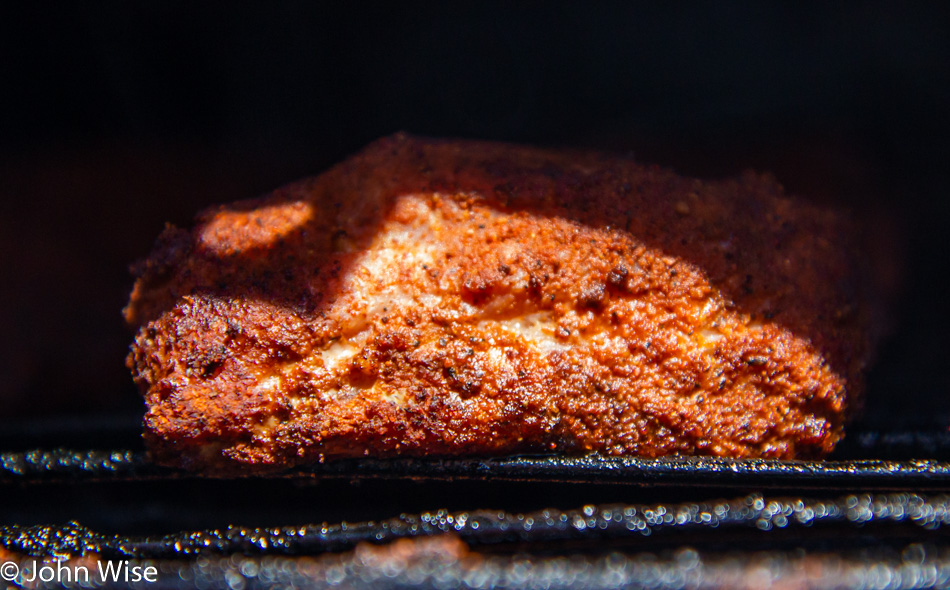
Back at the smoker, the pork ribs are starting to develop a crust and the fat will continue to render off the ribs until that moment when Kenny brings them into the kitchen for serving to us customers. HEK Yeah also serves up pulled chicken and a number of sides, but you get the idea of the process and what meats are served here.
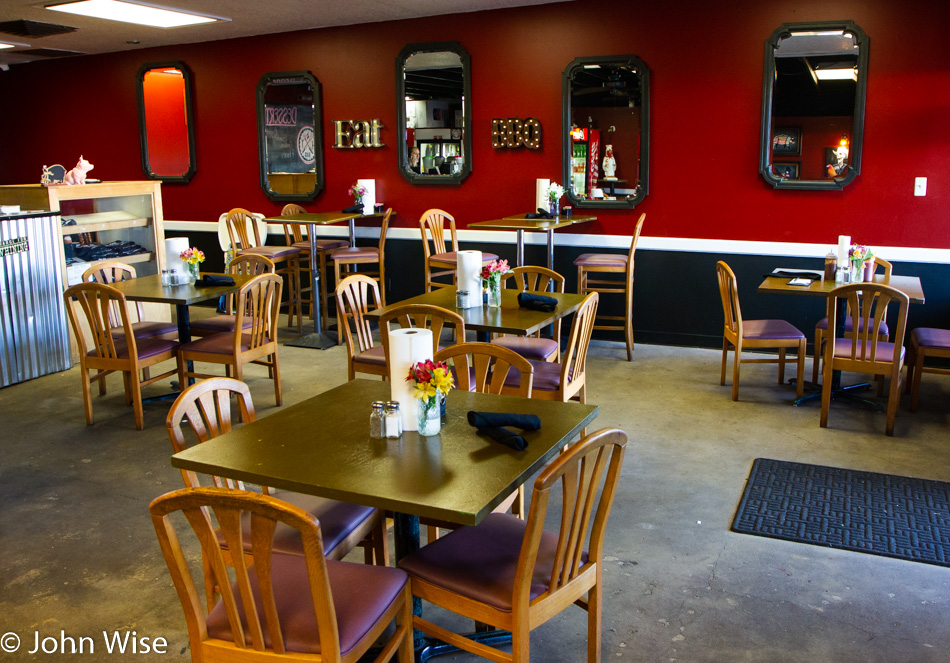
The front of the house is a subdued low-budget place in a nondescript strip mall on the edge of a sketchy part of town. While it would fit in anywhere in Los Angeles and be the place people line up for, HEK Yeah is not a franchise, doesn’t look like one, and the fact is that many people in Phoenix seems averse to driving more than half-a-dozen miles to get food so as of this writing it’s still incredibly easy to get a table. Now if Kenny has everything on hand that’s another question.
There are times where for some strange quirk of the universe there are runs on brisket or a catering that was simply too profitable creates the situation that you might not get what you want here. I’ve made it a habit to call first and ask for exactly what I want. Matter of fact this particular evening Kenny is indulging Caroline and me with a smoked prime rib after I asked for something special. Probably due to the neighborhood, many customers here are sensitive to the price of things and on the rare occasion there are beef ribs on the menu, they somehow and sadly DON’T sell out. This is beyond my imagination as they are perfect, but at $20 a pound including the bone I’ve heard customers ask if they could buy a portion without the bone.
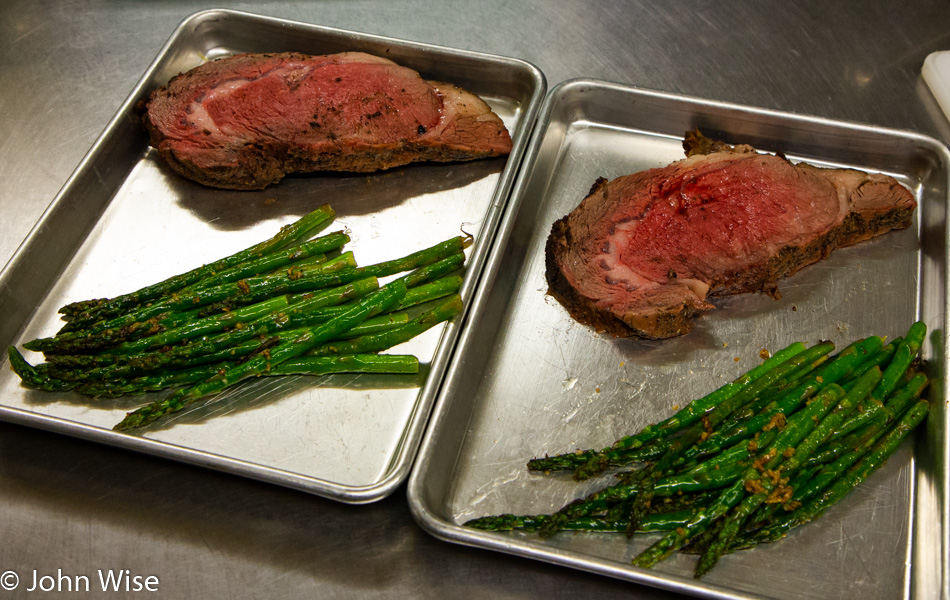
Mom & Pop restaurants become rarer and rarer in our city with the majority desiring bland conformity over diversity and flavors they aren’t accustomed to from factory-made foods. HEK Yeah BBQ can at times seem a bit random and chaotic, they won’t have a Michelin Star on the door any time soon, but when it comes to tasty honest to goodness BBQ Kenny is right up there with places only found in Texas, North Carolina, and Georgia.
Finally, the last image above was tonight’s dinner of prime rib with asparagus. I honestly do not know of one other restaurant in all of Arizona that truly smokes a prime rib bringing it to a perfect 135 degrees. Served up with garlicky asparagus and all the Atomic horseradish we wanted. This was the perfect close to a day hanging out with Kenny on 4/20 at HEK Yeah BBQ. You can find him Tuesday through Sunday at 15044 N. Cave Creek Rd in Phoenix, Arizona, and on Facebook: https://www.facebook.com/HekYeahBbq/.
